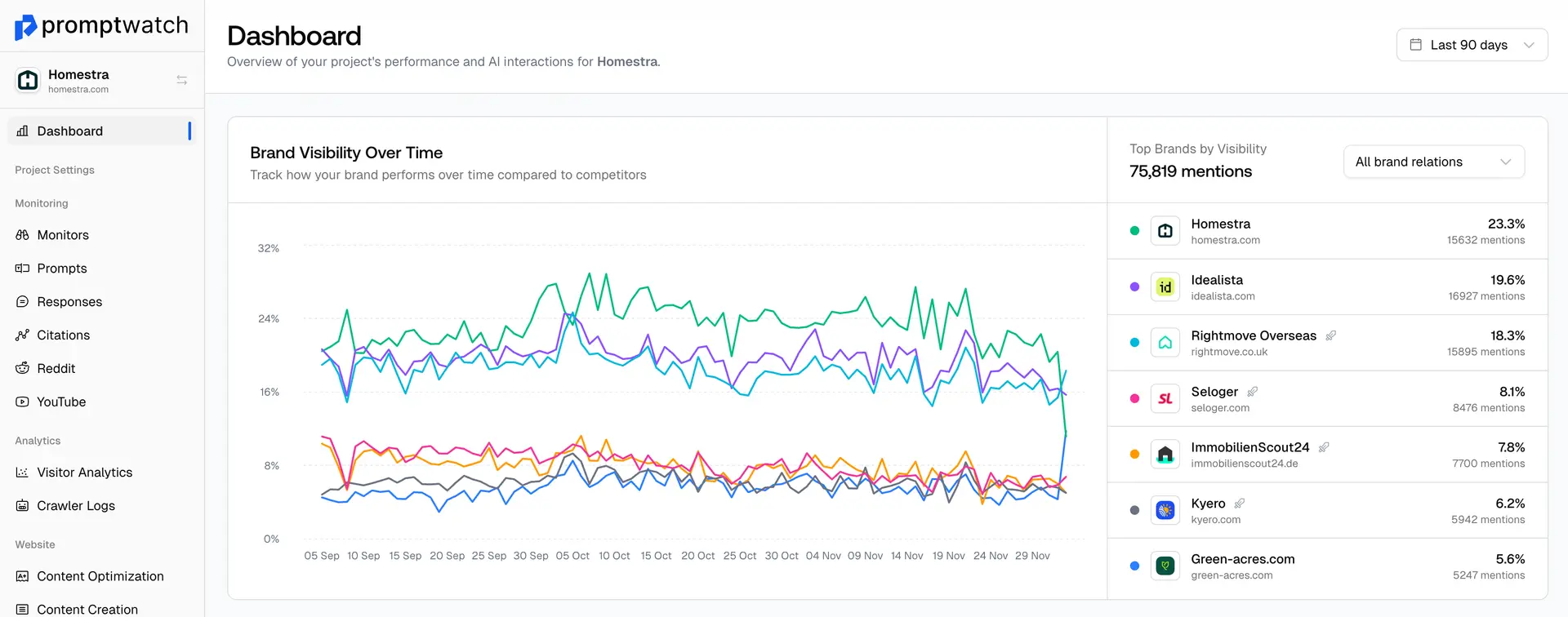Definition
A Technical SEO Audit is a comprehensive analysis of the technical factors that affect a website's ability to be crawled, indexed, and ranked by search engines. Unlike content-focused SEO audits, technical audits examine the underlying infrastructure, code, and configuration that enable search engines to discover, understand, and serve website content effectively.
The audit process involves analyzing website architecture and navigation, crawlability and indexing issues, page speed and Core Web Vitals, mobile responsiveness and usability, URL structure and canonicalization, structured data and schema markup, security and HTTPS implementation, and server configuration and hosting performance.
Technical SEO audits have become increasingly important as search engines prioritize user experience factors and as AI systems become more sophisticated in evaluating website quality. Many technical issues that affect traditional SEO also impact how AI systems access and evaluate content for potential citation.
A thorough technical audit identifies issues that might prevent content from being discovered or properly understood by both search engines and AI systems. This includes problems with site architecture that make content hard to find, loading speed issues that create poor user experiences, mobile usability problems that affect the majority of users, and structured data issues that prevent rich content understanding.
The goal is to create a prioritized action plan for resolving technical issues that impact search performance, user experience, and overall website effectiveness in both traditional search and AI-powered discovery.
Examples of Technical SEO Audit
- An e-commerce site audit revealing slow loading product pages affecting both user experience and search rankings
- A B2B website audit identifying crawling issues preventing important service pages from being indexed
- A news site audit uncovering structured data problems affecting rich snippet appearance and AI content understanding
- A local business audit finding mobile usability issues impacting local search performance and user engagement
